
Imagine a newspaper, magazine, billboard, news segment or online article that included no images. Not only do pictures help to enhance a story, they also tell a story all their own. When thoughtfully incorporated into the news, photos add context and comprehensibility. In the world of media, photos can make or break a story, thus positioning photojournalism itself as a vital craft in itself.
What Is Photojournalism?
Photojournalism can be defined as the process of using photographs to tell a story. Whereas conventional journalists will share their information by employing pen and paper (or maybe a keyboard), photojournalists use a camera as their medium. A photojournalist will use images to tell the entire story, from start to finish, and if executed properly a reader may not even need words to fully understand the message being presented.
As our world today is so interconnected through digital devices, news outlets and media agencies will pay top dollar for the best, most encompassing and informative pictures available. Breaking news can change quickly, and distrust and skepticism are not uncommon as events unfold. Word travels fast, and many search for the most authoritative and reliable sources of information.
Photojournalists are on the scene, right beside more traditional journalists; their objective is to create a story that speaks without words.
A Brief History of Photojournalism
Photos have been used to accompany news articles since the start of the American Civil War, though they were then seen more as enhancements than as the main focus of a piece.
Photojournalism entered a Golden Age and became more important beginning in the 1920s, with the arrival of smaller cameras like the 35 mm Leica, which was invented in Germany in 1925. These cameras were seen as revolutionary by photographers everywhere, as much less equipment was required for them to set up and take their pictures.
Not only were the inventions of the Leica and Kodak cameras important in creating worldwide access to photography; another related breakthrough occurred at the time — the popularization of magazine journalism. Magazines were coming to prominence in Europe as a means for incorporating images that tell a story, and because they were considered much more creative and visually appealing than newspapers, consumers went wild.
By the time the fever made it to American shores, popular pictorial magazines such as Life and the French language Vu required news curation to incorporate well-chosen images to complement their stories, allowing for this new form of journalism to thrive.
What Is the Purpose of Photojournalism?
Simply speaking, a photojournalist’s role is to relate a story through photography. The goal is not only to take pictures, but to hold the images up to the highest journalistic standards in an effort to convey the truth. Not every one of a photojournalist’s images will pass the test, just as every traditional journalist has to pitch multiple stories before one is accepted.
All in all, using journalism in photography is a way to expose the average person to new and different stories in an arresting and digestible way.
What Is Photojournalism Used For?
Photojournalism is a form of visual storytelling and reporting. There is no one right way to tell a story through images: a handful of pictures can complement a text, but a single dramatic image can also furnish stand-alone commentary on an individual, world events or culture. No matter how the story is told, photojournalists seek to enlighten audiences by capturing a crystallizing image.
How Does Photojournalism Differ From Other Types of Photography?
Anyone can take a picture, but not just anyone can be a photojournalist. There are two practical pillars of photojournalism: high ethical standards and a pursuit of objective truth. While photography in its different forms may be a means of self-expression, or artfully showcase truths about the human condition, the goal of photojournalism is reporting. The main purpose of photojournalism is to communicate a story and educate an audience.
Ethics in Photojournalism
Since photojournalism is a form of reporting, ethics are central. There is a conscious need to provide factually accurate information, and photojournalists should seek to convey objective truth without altering it in a way that might change the meaning behind the image.
In order to create a standard for this practice, the National Press Photographers Association provides a code of ethics that photojournalists are expected to follow. Part of this code states that the NPPA “acknowledges concern for every person's need both to be fully informed about public events and to be recognized as part of the world in which we live.”
With that in mind, they endeavor to uphold the strict ethical standards to which photojournalists must adhere.
Features of Photojournalism
Photojournalism has characteristics that make it different from regular photography. The qualities that make photojournalism stand out on its own are:
Photographs Must Be Truthful and Unbiased
On the whole, images in photojournalism are not used to create a false narrative. Images are intended to convey a truthful story about an event, person or place and will attempt to show all sides of a story no matter how difficult, unpleasant or graphic.
It is a photojournalist’s job to be unbiased when presenting their images. They must adopt a clear and objective stance, to assure that images will not be staged to create an untruthful result. Instead, all images should focus on presenting a real snapshot in real time. Every viewer should be positioned to see an honest version of the story being told, and if the image is undermined by questions, omissions or biases, it has not been properly executed.
The Context of the Photograph Matters
Photojournalism is journalism, and it seeks to convey the truth. Its goal is to depict objective reality, and photojournalists must adhere to guidelines similar to those informing the work of their counterparts who write articles. Photographs are not merely images, but a lens into a specific situation or event. As such, they should be centered not just on creating a beautiful image, but also on illuminating the circumstances surrounding the image.
Photographs Must Be Informative
Photojournalists tell a story that would be difficult to capture with words alone. The images they present can be vehicles for educating the public. A photo should be able to convey an entire story, but without words.
Photographs Should Tell a Timely Story
Readers want to see news when it happens, as it happens, and every image needs to be timely. In short, photojournalism needs to feature something or someone that the world is currently talking about. The objective is to tell the story at hand using new images rather than text, and each should work to illuminate the meaning and message of the story.
The Importance of Photojournalism and Its Role in News
Photojournalism plays an important role in today's news cycle. They can either be stand-alone images offering insight into a specific story or accompany an article to provide more context. Below are some of the reasons photojournalism is important.
Pictures Have an Impact
As mentioned before, the impulse to create images has been around for generations. Whether they be cave paintings or the ceiling of Sistine Chapel, images have been employed to convey information throughout human history. Images can make it easy for viewers to digest a large amount of information in a single frame and help bring the events to life. Often a user can see a single picture and immediately know what the broader story is about.
Images Are Easier for People to Remember
By their nature, humans recognize pictures better than they do text. In fact, scientific studies have shown this to be true: According to a study by the U.S. National Academy of Sciences, participants were able to recognize over 2,000 images merely by memory, with at least 90% accuracy.
Photographs Can Make a Story More Tangible
Photographs can add another dimension or layer to a news story. When an image is added to an article, it makes it possible for viewers to better visualize or understand the events being discussed. The story becomes more real.
5 Different Types of Photojournalism
While there are multiple types of photojournalism, 5 popular types include:
1. General News Photography
General news photography pertains to any event that is planned ahead of time and is not considered breaking news. Elections, the Olympics and other scheduled events fall under this category. General news photography allows a journalist to become fully familiar with a story before reporting on the results or the outcome. It is also an opportunity to educate readers and viewers on specific events as they occur.
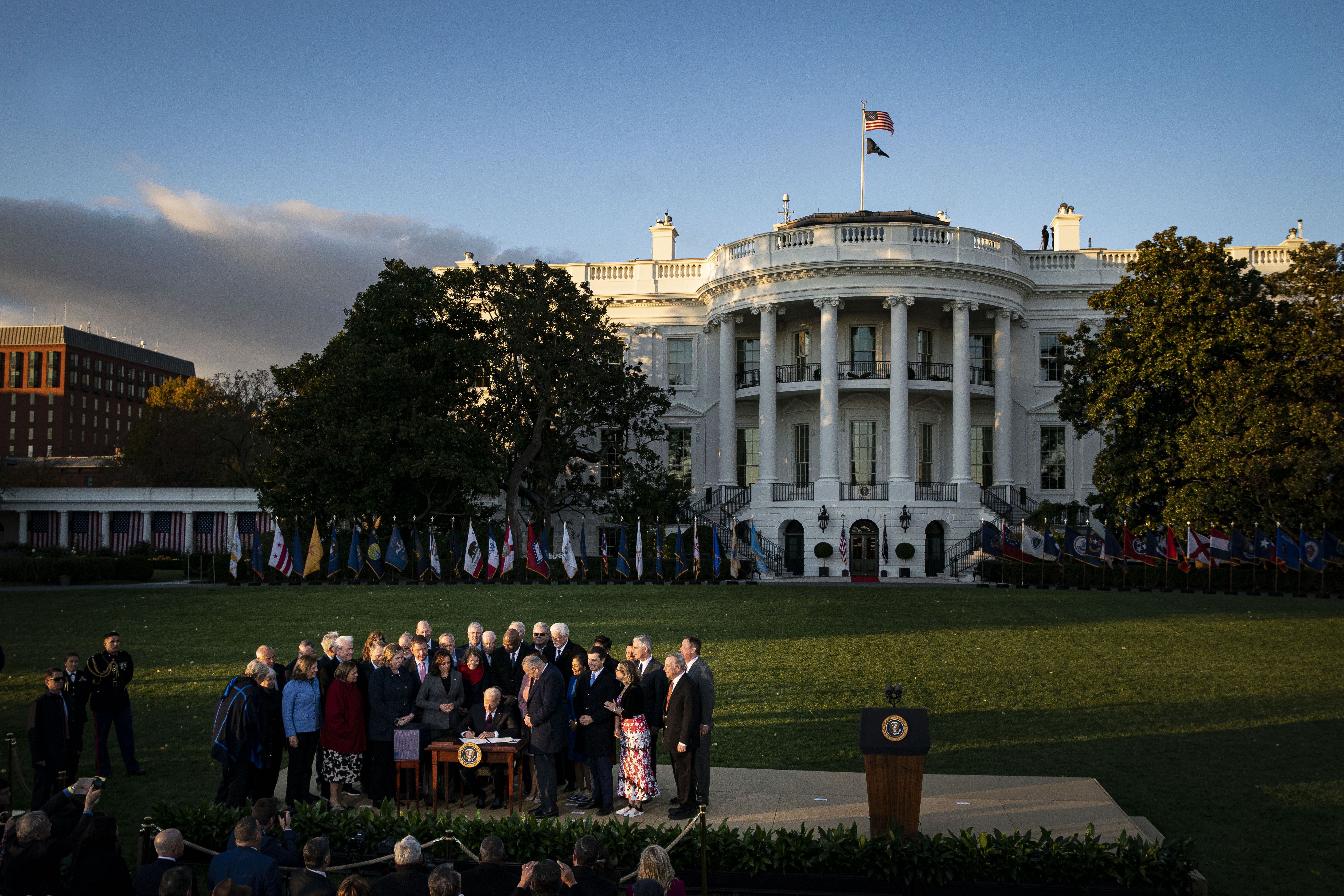
2. Portrait Photojournalism
This is not typical portraiture. This type of photojournalism generally portrays prominent members of the government or the community assuming a natural pose in their typical environment. A good example of portrait photography might be a picture of the President working in the Oval Office, or a physician performing surgery in a hospital operating room.

3. Obituary Photography
Obituary photography seeks to showcase a life through a series of curated images. Its objective is to recall and commemorate a deceased subject, recognizing their impact on a group, a community or society at large.
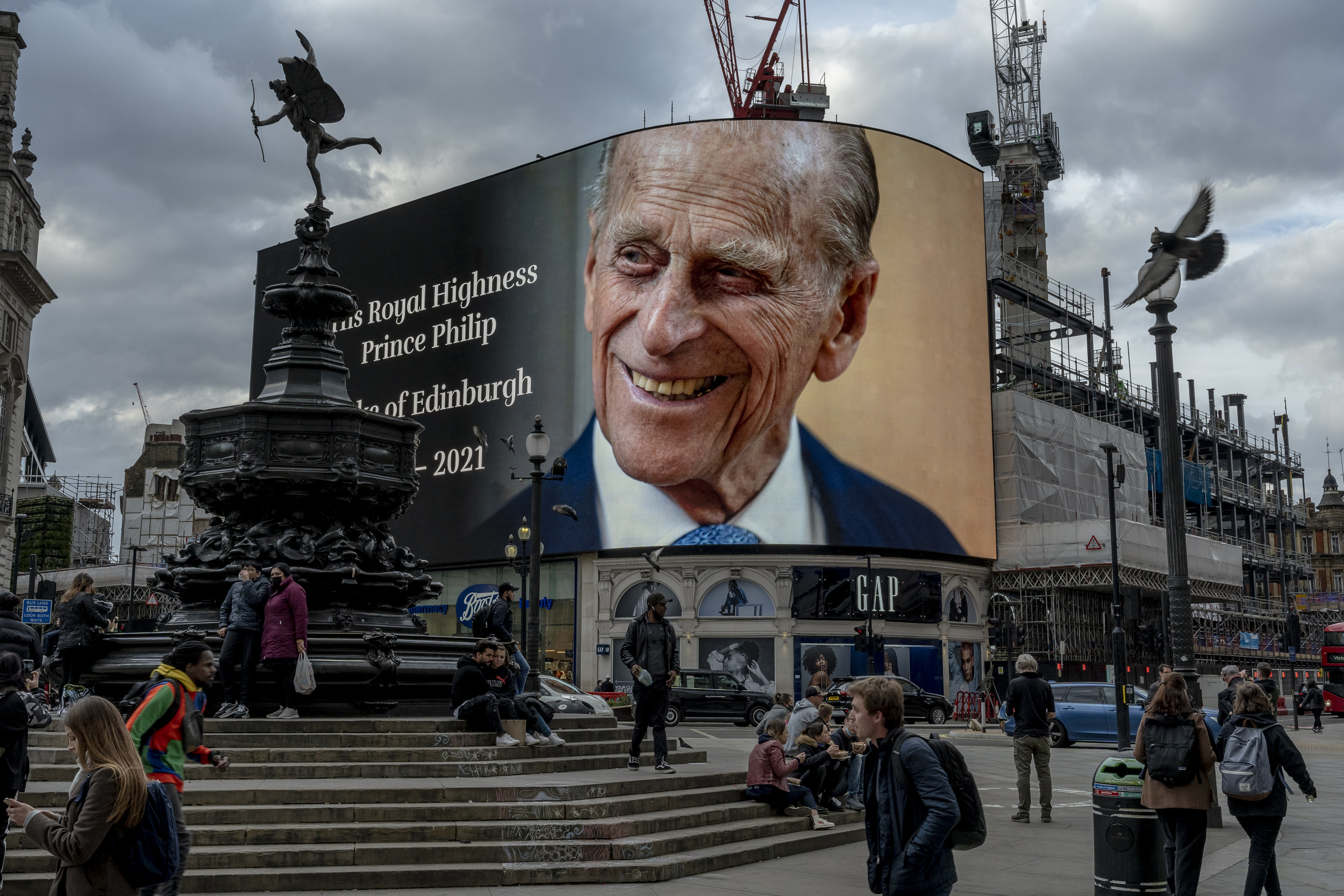
4. Feature Photojournalism
This type of photojournalism runs concurrent with a headline story or photo series to offer more in-depth coverage. Feature photojournalism brings context to the main story and offers supporting details about the people and places involved, or additional perspectives on events and issues the main story explored.
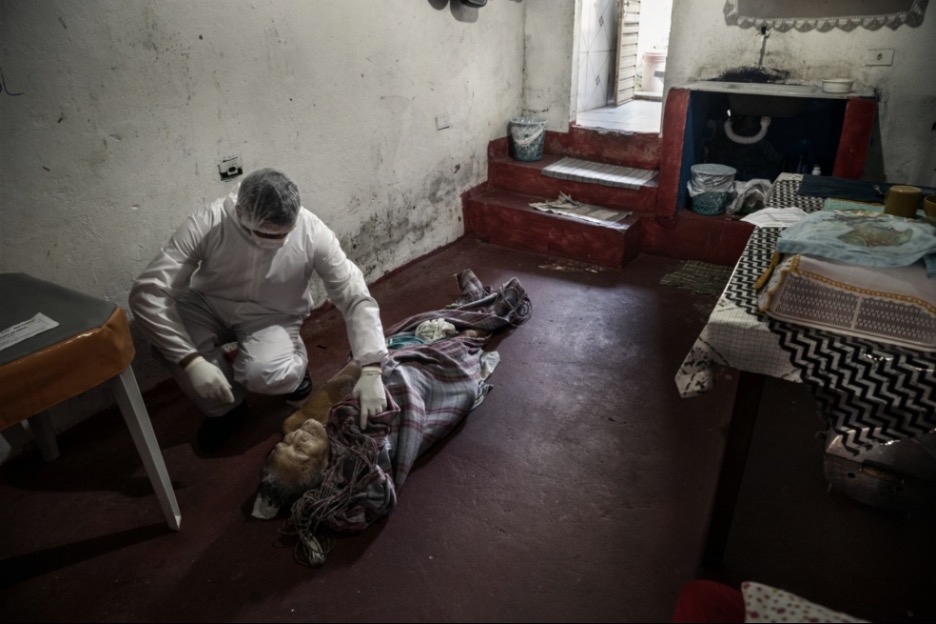
5. Documentary Photojournalism
This is long-term photography that tells an unfolding story. Photojournalists might be assigned, for instance, to tell the story of the Olympic Games or other sporting events that unfold over days and weeks or a season.
What Are Some Examples of Photojournalism Photography?
Exemplary photojournalism addresses a topic that is of potential interest to people around the world. The following are prime illustrations.
The U.S. Military Withdrawal From Afghanistan
The U.S. military has officially withdrawn from “America’s Longest War,” and New York Times photojournalists were committed to documenting the historic events, not only from the viewpoint of the American military, but also from that of the Afghani people. Visceral photographs capture emotions of all kinds; feelings of anguish, sadness, violence, relief and exhaustion, to name but a few.
Through our feature photojournalism, readers can experience issues related to this pivotal moment firsthand, from a multitude of perspectives. Since the initial fall of the Taliban in 2001, women in Afghanistan have been able to attend school, work outside the home and even join the police forces. Today The New York Times is covering the status of women’s rights in a new era of Taliban rule.
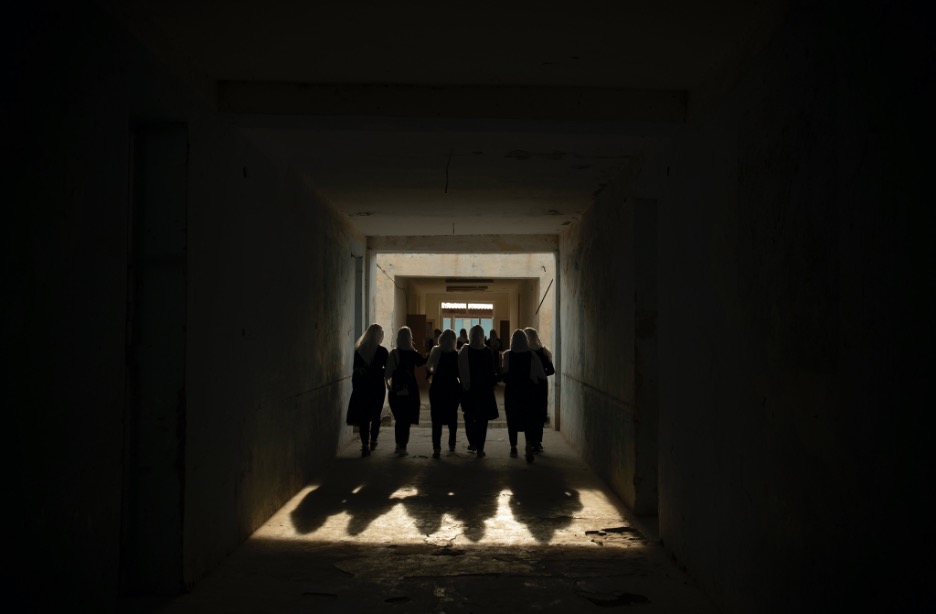
Covid-19
During the past few years, New York Times photojournalists have been documenting ways the Covid-19 pandemic has reshaped our world. Their goal is to share not just broad newsworthy developments but also the personal stories of people as they negotiate the ongoing outbreak.
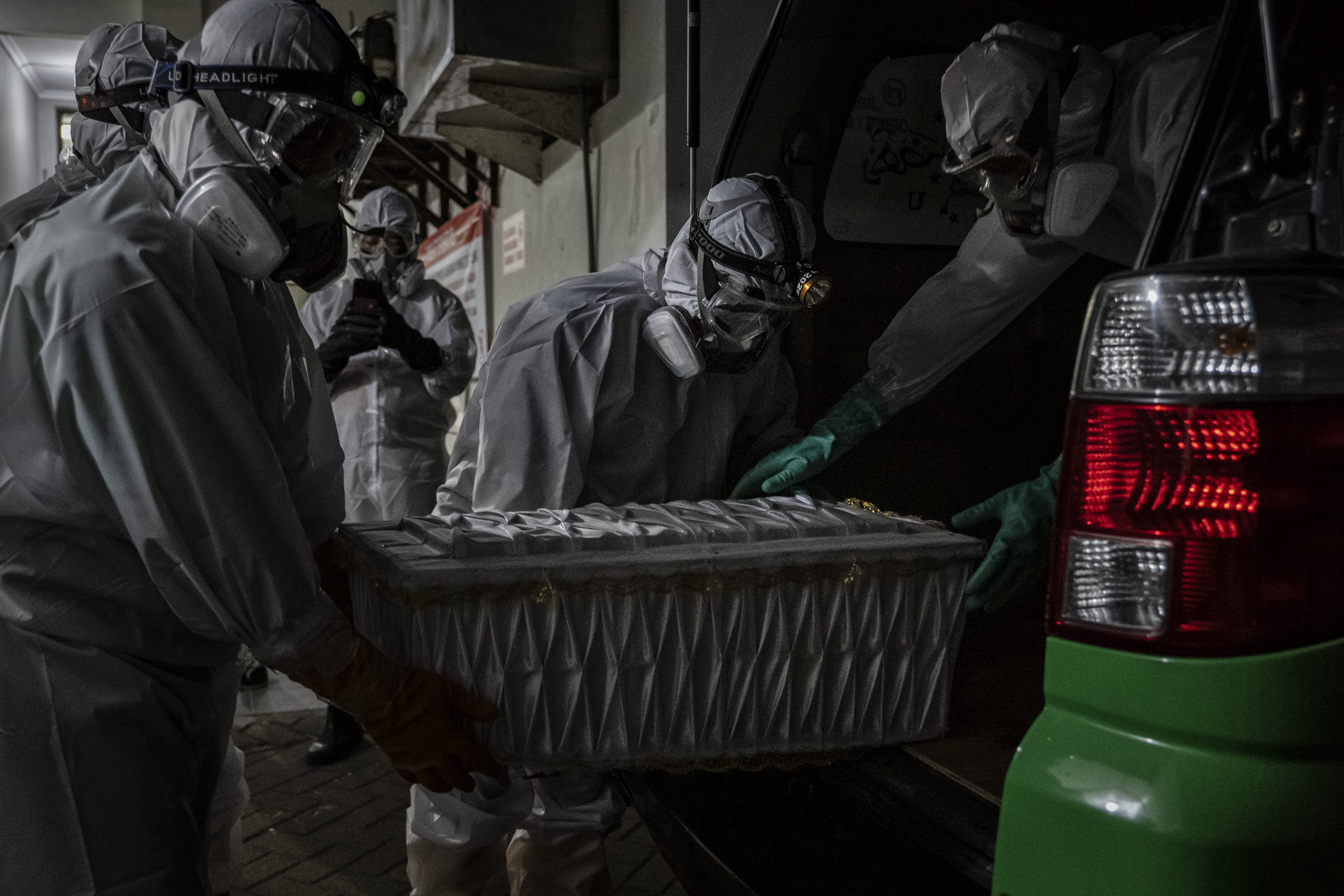
Final Thoughts
Photojournalism is not just about the here and the now. It is about the future. Images have the capacity to educate future generations about the events of the past, long after the texts of news stories have been forgotten. With this in mind, we can safely say that photojournalism has the ability to change the world as we know it. To learn more about licensing photography from The New York Times, contact our sales team today.
Frequently Asked Questions
How does Photojournalism Differ From Journalism?
Photojournalism is a branch of journalism and focuses on the images taken to convey objective truth. Journalism, however, can also include written articles and other forms of media such as video.
What is Good Photojournalism?
Good photojournalism seeks to convey objective truth. It follows a specific set of ethics to tell a story. Good photojournalists are also well versed in photography and reporting.
What is a Photojournalist's Role?
A photojournalist seeks to report on a story through pictures. Their photographs must follow a specific set of ethics and guidelines while conveying an objective truth.
Is Photojournalism a Form of Art?
While photographs taken from journalists can be beautiful, these are not considered art. Photojournalists do not express themselves through these photographs. Instead, images are meant to report on an event, story, or situation.
Is Photojournalism a Type of Journalism?
Yes, photojournalism is indeed a form of journalism that employs images to tell a story, instead of words alone. Photography in photojournalism is a powerful way to document news events in a way that words cannot describe on their own.
Why is Photojournalism Such an Important Part of the Media?
Photojournalism is able to provide further context to stories being reported on. These photographs can make a story more tangible and provide further depth to an article. They can also be stand-alone pieces giving further insights into events or other newsworthy moments.
What is the Difference Between Photojournalism, Editorial and Commercial Photography?
The difference between editorial and commercial use of photos is that editorial photography may be used in magazines but is not confined by this set of ethics. Commercial photography is used to promote a brand or business. Photojournalism seeks to tell an objective truth.
What Does a Photojournalist Do?
Photojournalists are often also called news photographers, as they shoot photography that captures newsworthy events. Their job is to create images that tell a story. This could be images around a political election, war, a sports event, and more.

